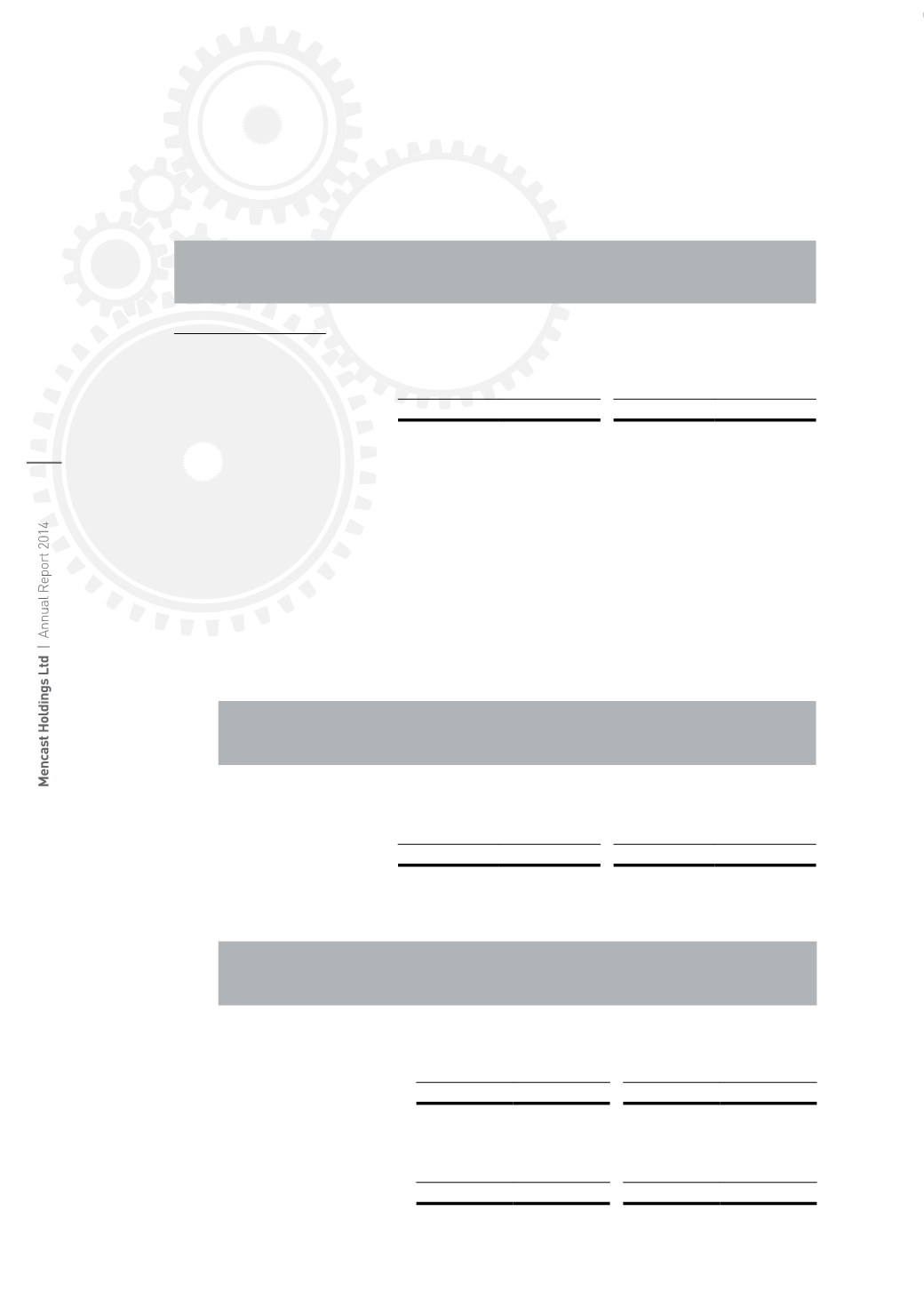
100
NOTES TO THE FINANCIAL STATEMENTS
For the financial year ended 31 December 2014
28.
Financial risk management
(continued)
(b)
Credit risk
(continued)
The credit risk for trade receivables based on the information provided to key management is
as follows:
Group
Company
2014
2013
2014
2013
$’000
$’000
$’000
$’000
By types of customers
Non-related parties
- Multi-national companies
14,510
11,299
–
–
- Other companies
33,380
15,756
–
–
47,890
27,055
–
–
(i)
Financial assets that are neither past due nor impaired
Bank deposits that are neither past due nor impaired are mainly deposits with banks
with high credit-ratings assigned by international credit-rating agencies. Trade
receivables that are neither past due nor impaired are substantially from companies
with a good collection track record with the Group.
(ii)
Financial assets that are past due and/or impaired
There is no other class of financial assets that is past due and/or impaired except for
trade receivables.
The age analysis of trade receivables past due but not impaired is as follows:
Group
Company
2014
2013
2014
2013
$’000
$’000
$’000
$’000
Past due <3 months
20,796
11,768
–
–
Past due 3 to 6 months
10,070
4,048
–
–
Past due over 6 months
12,754
2,733
–
–
43,620
18,549
–
–
The carrying amount of trade receivables individually determined to be impaired and
the movements in the related allowance for impairment are as follows:
Group
Company
2014
2013
2014
2013
$’000
$’000
$’000
$’000
Gross amount
2,538
1,687
–
–
Less: Allowance for
impairment
(1,851)
(1,252)
–
–
687
435
–
–
Beginning of financial year
1,252
1,158
–
–
Allowance made
986
169
–
–
Write-back of allowance
(387)
(75)
–
–
End of financial year
1,851
1,252
–
–
The impaired trade receivables are mainly from sales to customer which has suffered
significant losses in its operations


